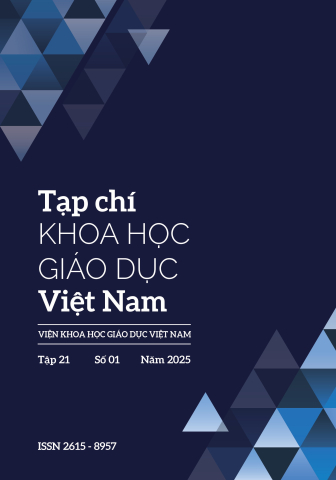[1] Leithwood, K., Louis, K. S., Anderson, S., & Wahlstrom, K, (2004), How leadership influences student learning: Review of research, New York, NY: Wallace Foundation
[2] Khalifa, M. A., Gooden, M. A., & Davis, J. E, (2016), Culturally responsive school leadership: A synthesis of the literature, Review of Educational Research, 86, pp. 1272-1311, doi:10.3102/0034654316630383
[3] Organisation for Economic Co-operation and Development, (2009), Doing better for children, Paris: Author
[4] Berryman, M., Egan, M., & Ford, T, (2017), Examining the potential of critical and Kaupapa Māori approaches to leading education reform in New Zealand’s Englishmedium secondary schools, International Journal of Leadership in Education, 20(5), 525-538, doi: 10.1080/13603124.2016.1206973.
[5] Apple, M, (2013), Knowledge, power, and education, New York, NY: Routledge.
[6] Freire, P, (1998), Pedagogy of freedom, Lanham, MD: Rowman and Littlefield.
[7] Shields, C, (2010), Transformative leadership: Working for equity in diverse contexts, Educational Administration Quarterly, 46, 558-589.
[8] Ministry of Education, (2013), The Maori education strategy: Ka Hikitia - Accelerating success 2003- 2017, Retrieved from http://www.minedu.govt.nz/ theMinistry/PolicyandStrategy/KaHikitia.aspx
[9] Le K. L., Tran, T., Le, T. T. H., & Le, T. T. T, (2020), A study on factors affecting school principals’ competencies in Vietnam’s mountainous provinces, Management in Education, 1-8. doi: 10.1177/0892020620918254.
[10] Nguyen, T. H, (2013), Recruitment of school principals in Vietnam: Using evidences for changing appointment policies, Asian Journal of Humanities and Social Sciences, 1(3), 132-140. https://ajhss.org/ pdfs/Vol1Issue3/Recruit men t%20of%20school%20 Principal... pdf
[11] Bộ Giáo dục và Đào tạo, (01/11/2019), Thông tư 18/2019/TT- BGDĐT ban hành Chương trình bồi dưỡng thường xuyên cán bộ quản lí cơ sở giáo dục phổ thông.


